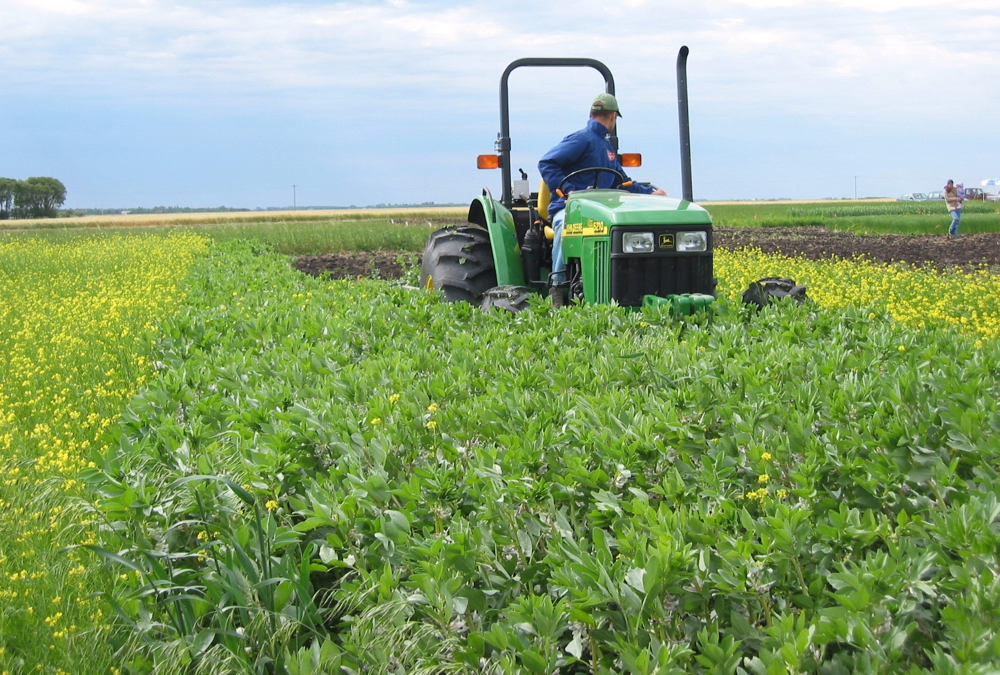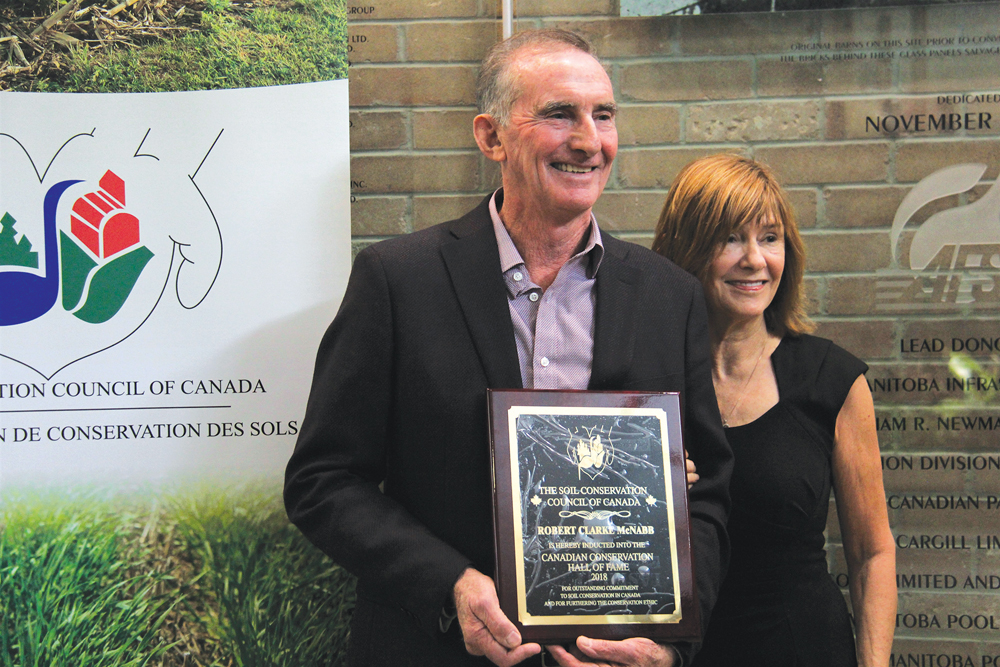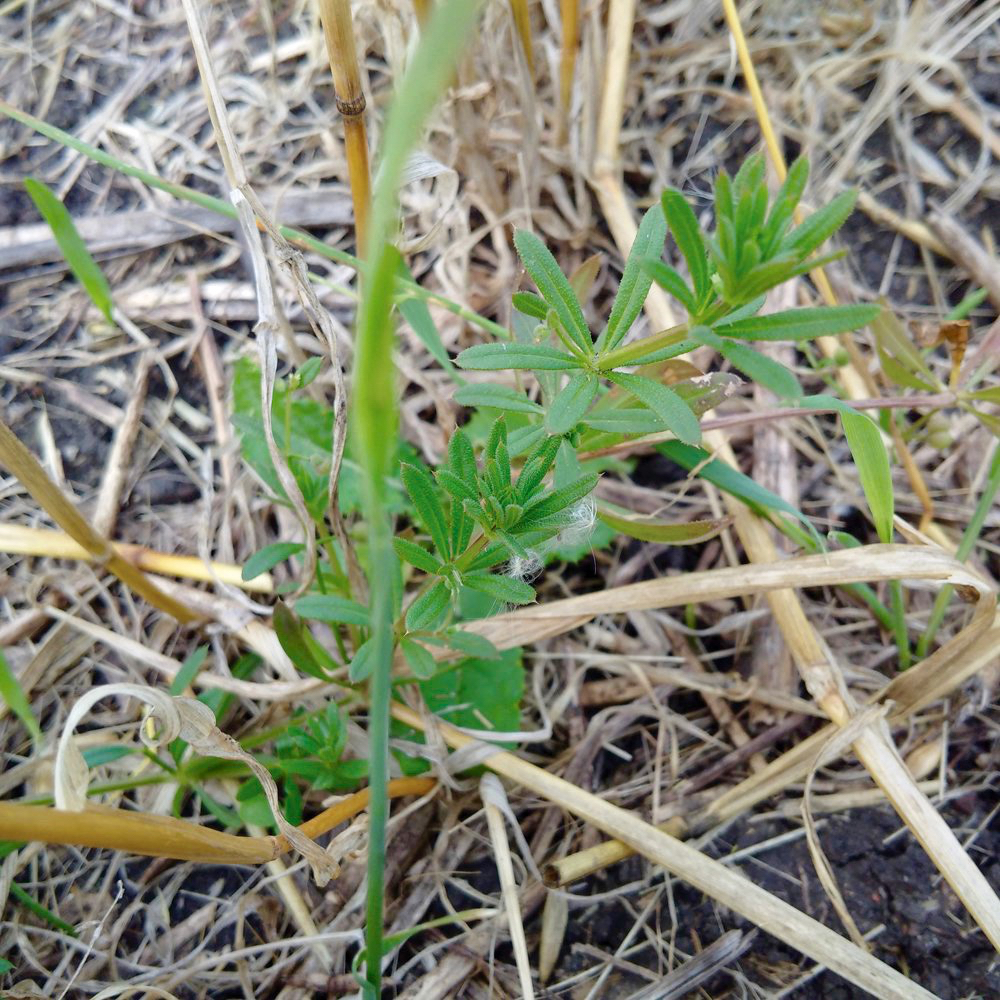A University of Manitoba researcher is calling on Prairie farmers to talk to her about their cover crops.
Yvonne Lawley, assistant professor of agronomy and cropping systems at the university, is conducting a survey across Manitoba, Saskatchewan and Alberta to determine how many farmers are planting cover crops — and why.
She shared preliminary results at a Manitoba Pulse and Soybean Growers meeting in Portage la Prairie on Jan. 29.
So far, she’d heard from 80 producers accounting for about 43,000 acres of cover crops. Of those, 49 Manitoba producers farmed 26,000 acres.
Read Also

The joys of fishing from shore
Manitoba has many lake and river shorelines to drop a fishing line without the cost of a boat, making shore fishing more accessible, and anglers can still catch impressive fish.
Fifty-seven respondents were grain growers, 46 raised livestock, and nine were vegetable or fruit growers. Forty-one self-identified as using no-till practices, and 38 identified themselves as using regenerative agriculture practices.
When asked why they grow cover crops, 78 out of 80 said it was to increase soil health, 55 said to “keep living plant roots growing” and 53 responded they grew cover crops for erosion control. Other results included growing cover crops to suppress weeds, for grazing, and to add nitrogen with legumes.
When asked when in their rotation they planted cover crops, the largest response was after spring wheat (25 growers). After oats was second at 17 respondents, 14 reported they grew cover crops after terminating a perennial crop, and 12 said they planted cover crops after canola.
Forty-six respondents planted cover crops with cash crops. Thirty said they seeded after cash crops, and another 13 said they planted in areas where crops did not establish or were not grown.
Oats, fall rye, radish, clover, peas and hairy vetch were some of the most commonly grown cover crops. Fifty producers indicated they grew a mix of two to five species.
Lawley told the Co-operator that another seven growers have responded to the survey since she presented these results.
To participate in the survey, growers can contact Lawley at [email protected].




















